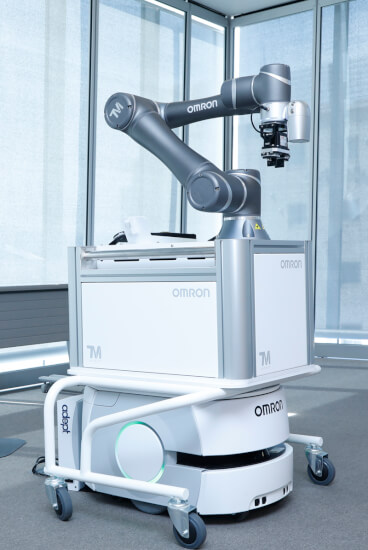The future of flexible production - combining the power of mobile robots and cobots
Publié le 19 septembre 2019 dans Flexible Manufacturing


Nous rencontrons des problèmes techniques. Votre demande ne peut être traitée. Veuillez nous excuser et ré-essayer plus tard. Détails :
DownloadNous rencontrons des problèmes techniques. Votre demande ne peut être traitée. Veuillez nous excuser et ré-essayer plus tard. Détails :
DownloadUn e-mail qui vous permettra de terminer la création de votre compte a été envoyé à
Revenir au site WebVeuillez remplir le formulaire ci-dessous pour accéder directement au contenu de cette page.
Nous rencontrons des problèmes techniques. Votre demande ne peut être traitée. Veuillez nous excuser et ré-essayer plus tard. Détails :
DownloadVous avez désormais accès à The future of flexible production - combining the power of mobile robots and cobots
Un email de confirmation a été envoyé à
Continuer vers la pageVeuillez vous connecter ou obtenir un accès direct pour télécharger ce document.
Publié le 19 septembre 2019 dans Flexible Manufacturing

